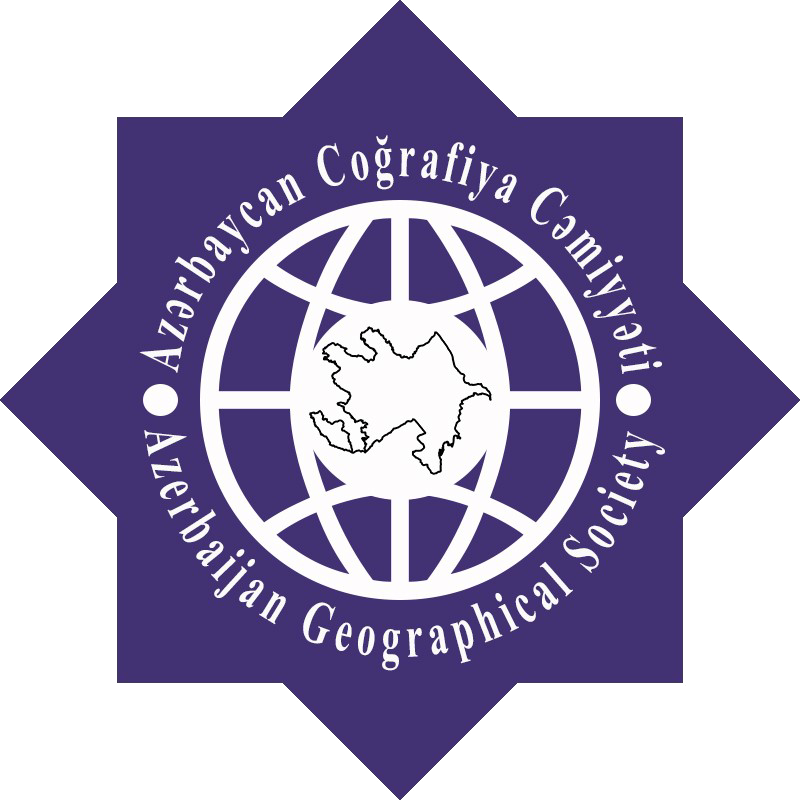SIMULATING LAND COVER CHANGE BY PROTECTIVE AND NON-PROTECTIVE SCENARIOS
Ayazli I.E., Yakup A.E.
a Sivas Cumhuriyet University, Engineering Faculty, Department of Geomatics Engineering, 58140 Sivas, Turkey – ([email protected], [email protected])
Abstract:
Land cover changes caused by population growth and rapid urbanization and determination of land cover changes impact is compulsory for sustainable urban management policies. Therefore, simulation models have been densely used in planning studies. Cellular automata-based simulation models present significant contribution for monitoring land cover change analysis and determining the urbanization effects on natural areas in the rapid growing cities. The main goal of this study is to predict urban growth and to determine the probable land cover changes according to protected and non-protected scenarios in Istanbul Sancaktepe district which has experienced an enormous population growth in last years. The required historical land cover data for the model were generated from cadastral maps which have been generated since 1950s. For this purpose, change detection analysis was first made between 1961-2014 and weight coefficients were calculated to create simulation model by protected scenarios for 2030. In order to detect the damages of uncontrolled urbanization, the second simulation model was created by non-protected scenario. According to first scenario, approximately 10 % of forest area will be probably transformed into settlement and agricultural area by 2030. However, if the necessary precautions are not taken, namely uncontrolled urban growth occurs, this rate will be dramatically high.
Keywords: GIS, Change Detection, Land Cover Change, Cellular Automata, Urban Growth
REFERENCES
Akın, A., Clarke, K.C., Berberoglu, S., 2014. The impact of historical exclusion on the calibration of the SLEUTH urban growth model. Int. J. Appl. Earth Obs. Geoinf. 27, 156–168, Part B (0).
Ayazli, I.E., Kilic, F., Demir, H., 2014. A simulation model of urban growth driven by the Bosphorus Bridges. Information Fusion and Geographic Information Systems (IF AND GIS 2013). Springer, pp. 237–248.
Benenson, I., Torrens, P.M., 2004. Geosimulation. Automata-Based Modeling of Urban Phenomena. John Wiley & Sons Ltd, Chichester
Dietzel, C., Herold, M., Hemphill, J.J., Clarke, K.C., 2005. Spatio-temporal dynamics in California’s Central Valley: empirical links to urban theory. Int. J. Geog. Inf. Sci. 19 (2), 175–195.
Heinsch, L., Lauf, S., Kleinschmit, B., 2012. Modeling urban growth and land use change with a cellular automaton in the Berlin metropolitan region. GIS-Zeitschrift für Geoinformatik 25 (2), 56–68
Jantz, C.A., Goetz, S.J., 2005. Analysis of scale dependencies in an urban land-use-change model. Int. J. Geog. Inf. Sci. 19 (2), 217–241.
Rafiee, R., et al., 2009. Simulating urban growth in Mashad City, Iran through the SLEUTH model (UGM). Cities 26 (1), 19–26.
Silva, E.A., Clarke, K.C., 2002. Calibration of the SLEUTH urban growth model for Lisbon and Porto, Portugal. Comput. Environ. Urban Syst. 26 (6), 525–552.
Tobler, W.R., 1970. Computer Movie Simulating Urban Growth in the Detroit Region. Economic Geography, 46, 234-240.
URL 1 https://biruni.tuik.gov.tr/medas/?kn=95&locale=tr
URL 2 http://www.sancaktepe.istanbul/tr/cografi-durumu
Wu, X., et al., 2009. Performance evaluation of the SLEUTH model in the Shenyang metropolitan area of northeastern China. Environ. Model. Assess. 14 (2), 221–230.
